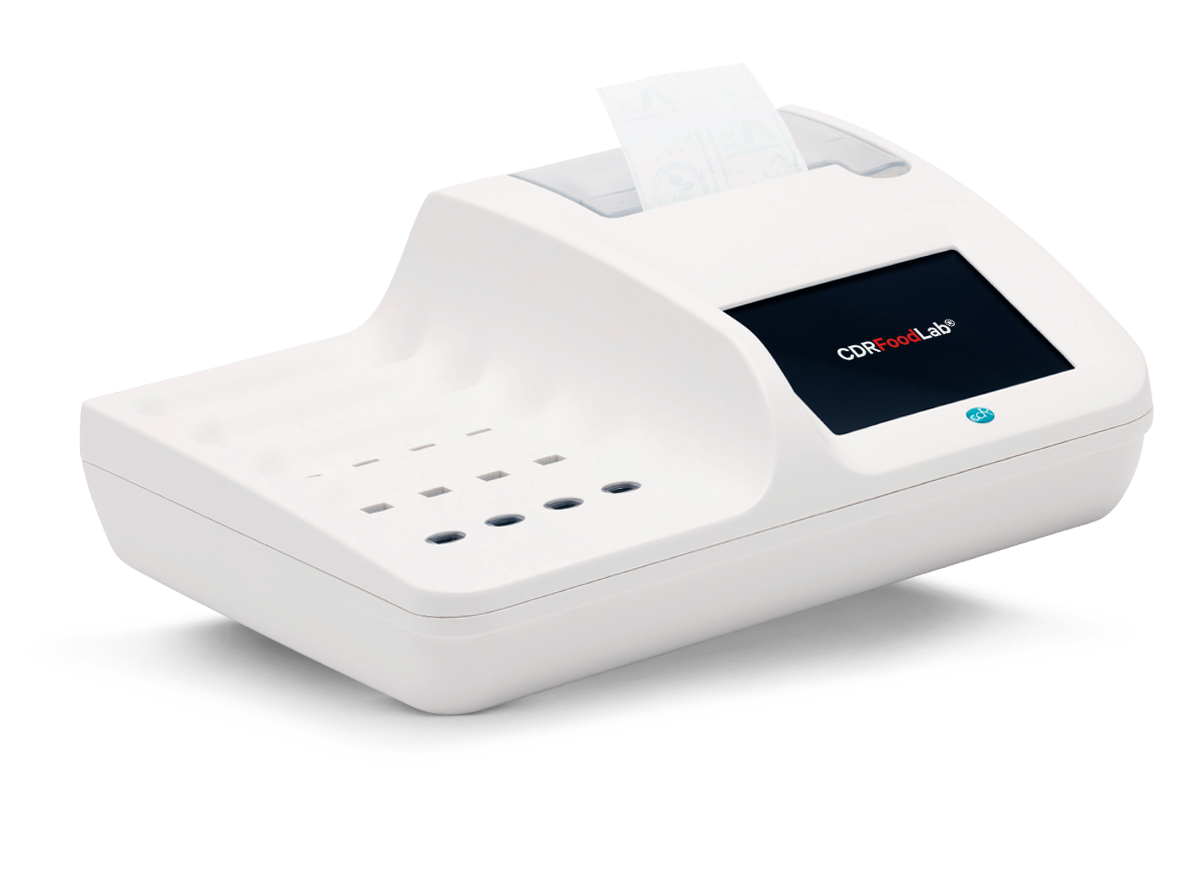Peroxide Value (POV) test in Oils and Fats
The amount of peroxides of fats indicate the degree of primary oxidation and therefore its likeliness of becoming rancid. A lower number of peroxides indicates a good quality of oil and a good preservation status.
Unsaturated free fatty acids react with oxygen and form peroxides, which determine a series of chain reactions that generate the production of smelling volatile substances. Those reactions are accelerated by high temperature and by light and oxygen exposure.
CDR innovative method simplifies and speeds up the standard procedure, because it enables the analysis to be carried out using micro-quantities of samples and to be applied to fats that are difficult to extract.
Features
- Rapids results: 3 minutes ISO/AOCS compliant method.
- Results are comparable to the ISO/AOCS method with very high correlation coefficients
- Simple method: photometric method, low toxicity reagents pre-filled in disposable cuvettes.
- test using micro-samples:suitable even to test fat substances that have a difficult extraction process.
- Cost effective solution: rapid return on investment
Method
...
Principle of the test
R-O-O-R peroxides oxidize Fe2+ ions. The Fe3+ ions resulting from oxidation are grouped and form a red complex. Its colorimetric intensity, measured at 505 nm, is directly proportional to the concentration of peroxides in the sample. Results are expressed as meqO2/Kg.
Calibration curve
The CDR method for the determination of peroxide value of oils and fats showed very good correlation with the reference method: AOCS Official Method Cd 8-53. In addition, the international reference laboratory Campden BRI carried out comparative tests between the CDR FoodLab® method for determining the peroxide value and the UKAS accredited titration method used by Campden BRI (Campden BRI Method TES-AC-360 based on ISO 3960 or AOCS Cd 8b-90 or AOAC 965.33): the correlation coefficient was R² = 0.9681, value that shows that the correlation between the two methods is very good.
...
Reagent test Kits
Measuring range Fats and Oils
| Analyses | Measuring range | Resolution | Repeatability |
|---|
Measuring range Flours
| Analyses | Measuring range | Resolution | Repeatability |
|---|
Measuring range Bakery products
| Analyses | Measuring range | Resolution | Repeatability |
|---|
Measuring range Essential oils
| Analyses | Measuring range | Resolution | Repeatability |
|---|
The analyzers for oils and fats quality control
CDR FoodLab®
- Complete analysis panel, supplied already configured
- Up to 16 determinations simultaneously
- Possibility of carrying out analyses of the same sample
- Integrated printer
- Full connections (LAN - USB - Bluetooth barcode/QR code reader)
CDR FoodLab® Jr
- Partial analysis panel, supplied configured with 3 analyses of your choice, implementable
- Up to 3 determinations simultaneously
- Wireless connection to external printer
- USB connections
...
